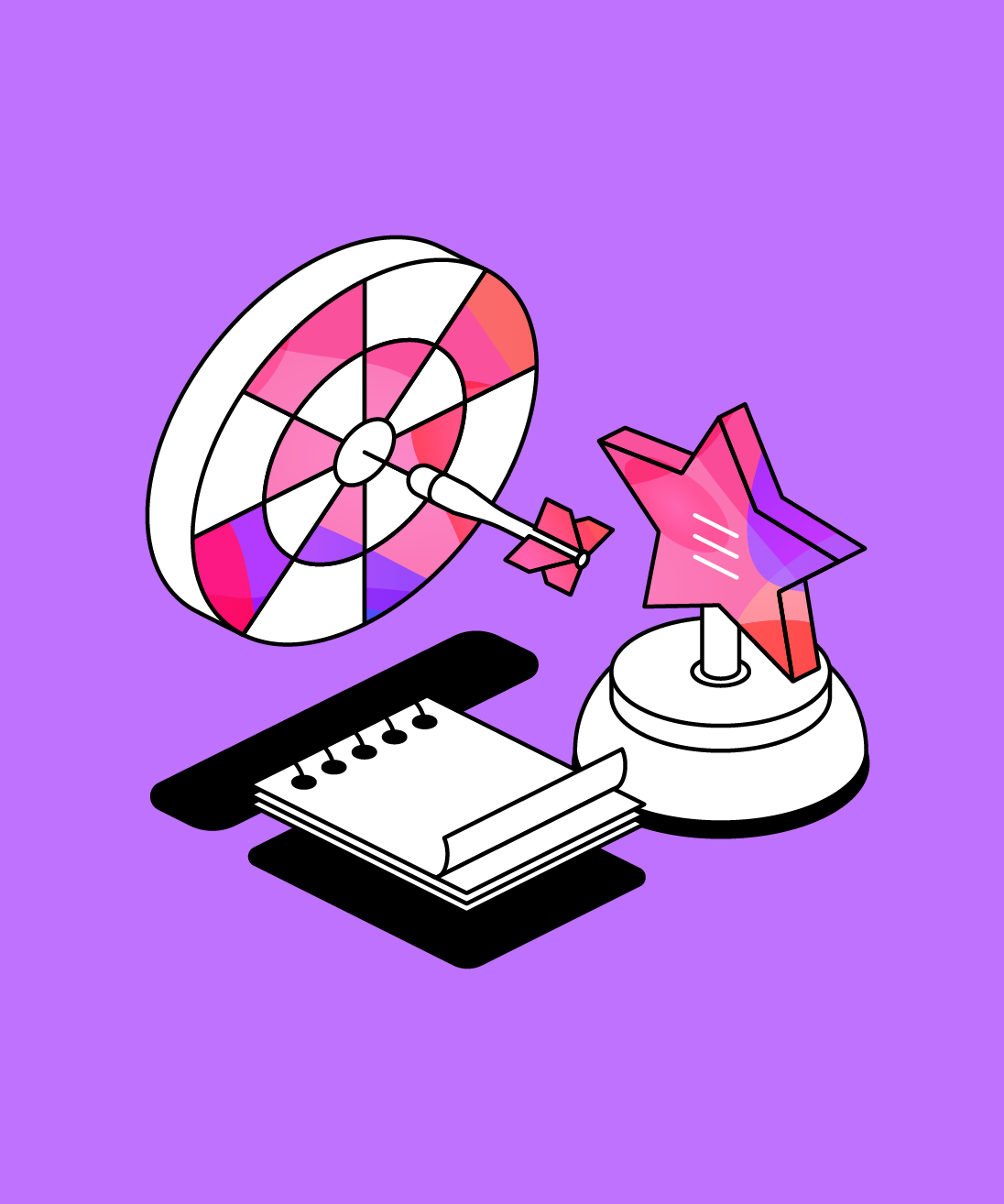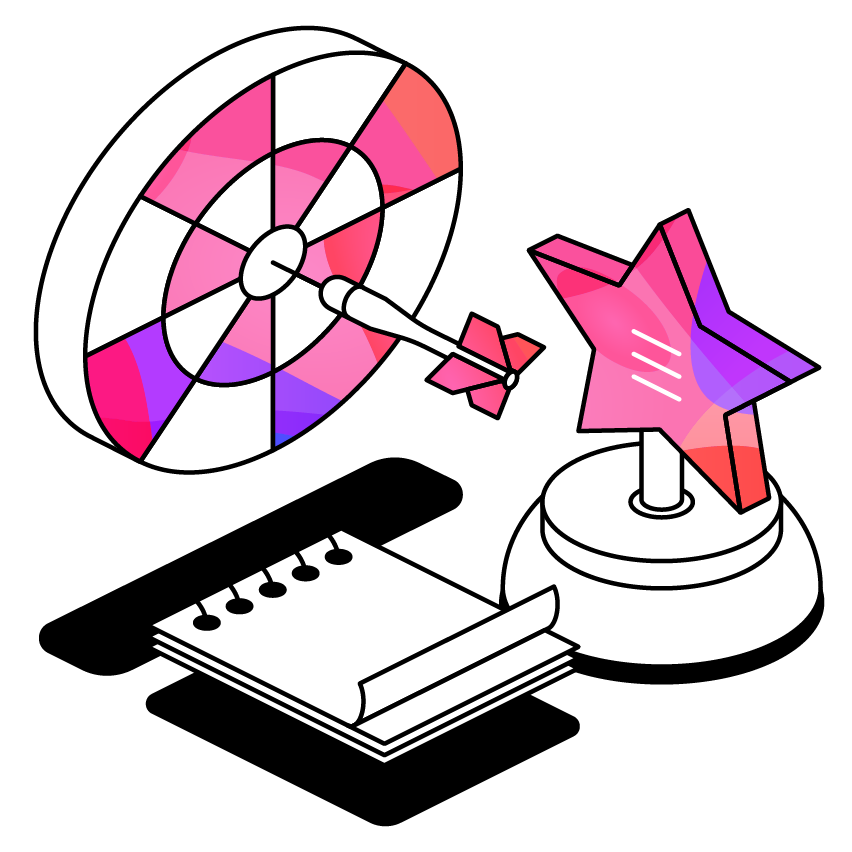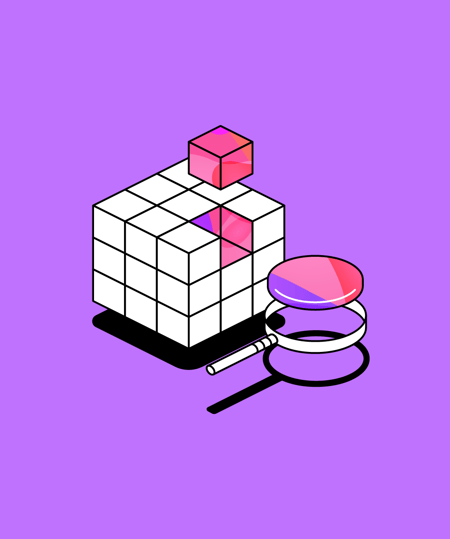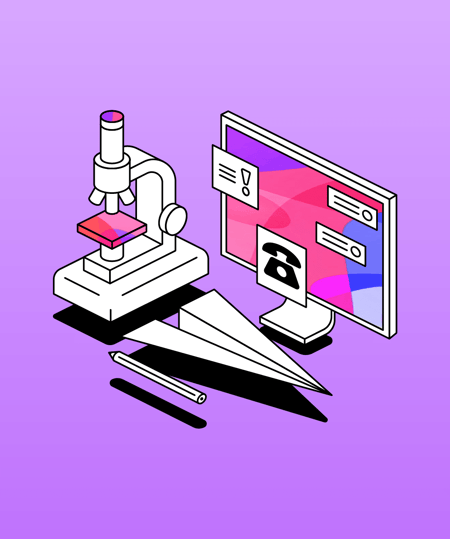Access All Areas: Exploring accessibility challenges and opportunities in education at Missouri State University
Based on a conversation between Timothy McHenry from Missouri State University and Paddy from Glean, here's a Q&A summary exploring the key points on accessibility challenges in higher education and the role of Universal Design Learning (UDL) in accessibility.
 2 min read
2 min read
 Published: 28 Feb 2024
Published: 28 Feb 2024
 Chileshe Jackson
Chileshe Jackson


Timothy has an extensive background in audio engineering and theater sound design. While participating in a work-study program to support himself, he realized that the skill set required to help students with disabilities was strikingly similar to teaching entertainers how to use technology. This led him to an 11-year career at the University of Montana working with students with disabilities until where he is now.
Have you come across a tool that can easily solve accessibility challenges in higher education?
Unfortunately, no single tool can do that. Accessibility is a complex issue with various barriers. The high cost of diagnosis, lack of awareness about student needs, and limited tech skills among educators and support staff are major hurdles.
Would you say Universal Design for Learning (UDL) can also play a part in improving accessibility for students?
UDL is key! It emphasizes creating learning environments usable by everyone, regardless of ability. Glean, with its features like adjustable playback speed and closed captioning, aligns with UDL principles, just like curb cuts in the physical world.
Do you have any recommendations for institutions looking to improve accessibility on campus?
Sure, Here are a few suggestions:
Develop accessibility training for IT staff: This will help them understand the needs of users with disabilities and how to select and implement accessible technology.
Encourage collaboration between IT and disability services: This will foster communication and ensure that accessibility considerations are integrated throughout the technology selection and development process.
Offer a variety of assistive technologies: There's no one-size-fits-all solution, so providing a range of options will ensure that students with different needs can find the tools that work best for them.
Invest in professional development for disability service staff: This will help them stay up-to-date on the latest technologies and best practices for supporting students with disabilities.
What are your thoughts on the statement that "people are not where you think they are on tech"?
I completely agree with this statement. Many people lack the basic computer skills needed to function in today's world. This is a major barrier to accessing education, employment, and other essential services. We need to do more to provide digital literacy training and ensure that technology is accessible to everyone.
What's your experience been like using Glean as a note-taking tool for students with disabilities?
Glean is one of the best tools I've seen that we have available, at least on the note taking end of things. It's particularly helpful for students with low computer skills as it's easy to learn and use.
How has Glean impacted you and the experience of your students?
Glean offers a fantastic toolbox for educators. Recording lectures allows students to revisit them at their own pace, which is crucial for those with learning differences.
Streamlined Slides & Lectures: I can upload my presentations and record myself directly in Glean, saving time and creating a complete package for review.
Automated Quizzes: Forget manually crafting questions! Glean generates random quizzes based on my content, providing instant feedback and assessment opportunities.
Secure Sharing: I can control who has access to my materials, ensuring everything stays within the platform and protecting my intellectual property.
Glean not only simplifies my teaching process but also empowers my students. They appreciate the accessible platform and the ability to revisit lectures at their own pace.
What's your final message on creating a truly accessible learning environment?
Departments need to start working together. If we adopt a collaborative approach we can bridge the gap between departments. Secondly, we need to prioritize UDL in everything from curriculum design to tech platforms and empower both educators and students with tech literacy. By working together, we can create a truly inclusive learning experience where every student thrives.
More from Disability Services
View All
 4 min read
4 min read
Navigating budget restrictions: a comprehensive guide to maximizing departmental resources
Higher education professionals face increasing pressure to do more with less and maximize limited resources. In this article, we explore tips, strategies, and success stories for adopting assistive technology and effectively planning budgets.

 2 min read
2 min read
The power of inclusive language and technology
In a recent webinar, Leslie Smith, Manager of the Access Center at Volunteer State Community College, shared a powerful insight into the transformative impact of language and technology.

 3 min read
3 min read
The future of disability services in higher education
Disability services are experiencing significant change. To explore this, and how they may continue to evolve, we sat down with Christa Price, Assistive Technology Specialist at California State University, Northridge, and Aaron Holmes, Access Specialist at MiraCosta College.





